You can contact LEARNZ, part of CORE Education, at:
Postal Address:
PO Box 13 678,
Christchurch 8141,
New Zealand
During this field trip we will explore the Waipoua awa and catchment to see how it is being restored.
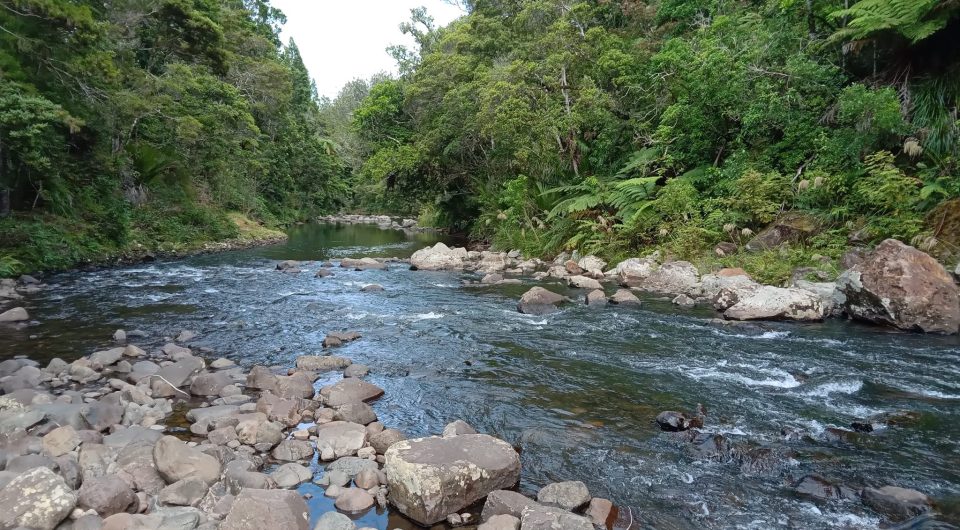
Treasured by Te Roroa iwi for generations, the Waipoua awa in Te Tai Tokerau Northland runs through the ancient Waipoua kauri forest that is home to Tāne Mahuta. The awa is 17 kilometres long and flows generally west from its sources in the Parataiko Range to reach the Tasman Sea/Te Tai-o-Rēhua 15 kilometres southeast of the mouth of the Hokianga Harbour.
The Waipoua awa is one of 14 priority catchments in the nationwide Ngā Awa river restoration programme. The goal for the Waipoua awa restoration project is to restore the awa and its biodiversity and add to the restoration work that is already being carried out in the catchment.
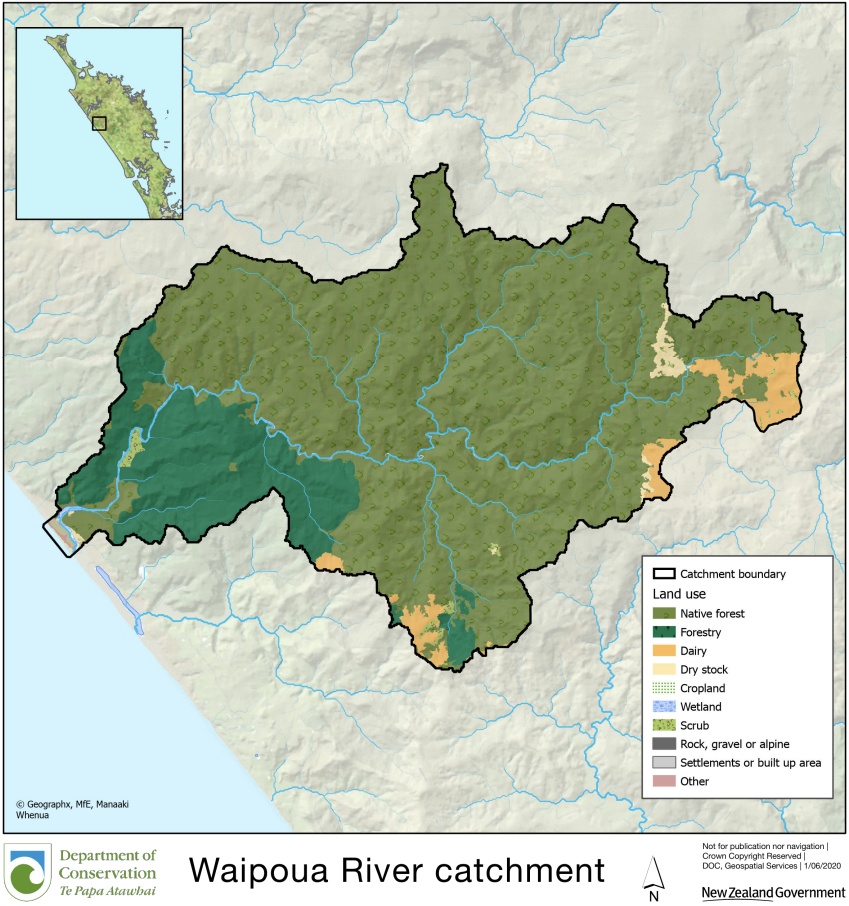
For Te Roroa, the river has always been a source of water and food, as well as a place to cool off in the summer. Land beside the river was terraced and gardened for centuries, along with the fertile river flats. It has been a place of enjoyment and sustenance, and a home for taonga species throughout the whole catchment.
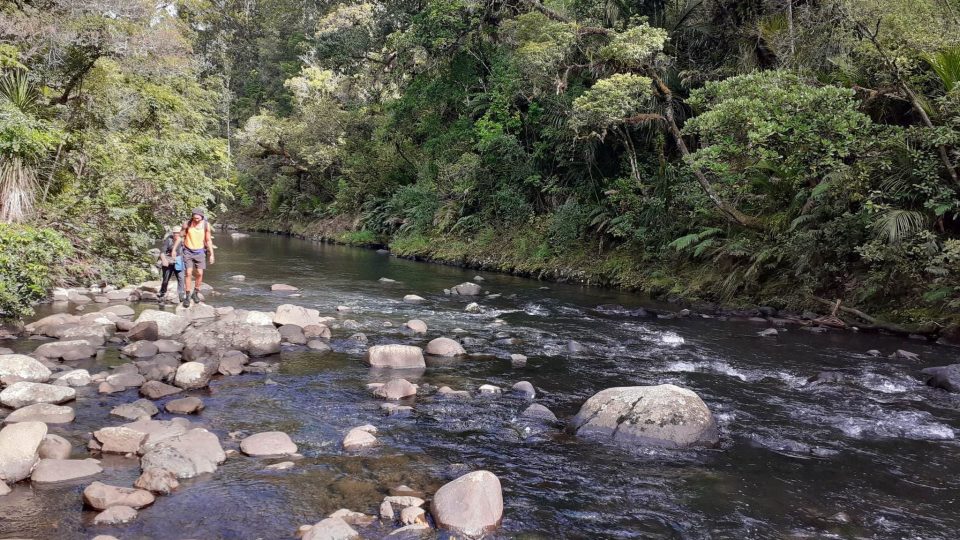
From its inland source to the coast, the Waipoua awa runs through many different landscapes. Some activities and land use within the catchment impact the awa and stop it from functioning like it used to. Restoration work aims to reverse these impacts.
Restoration work so far:
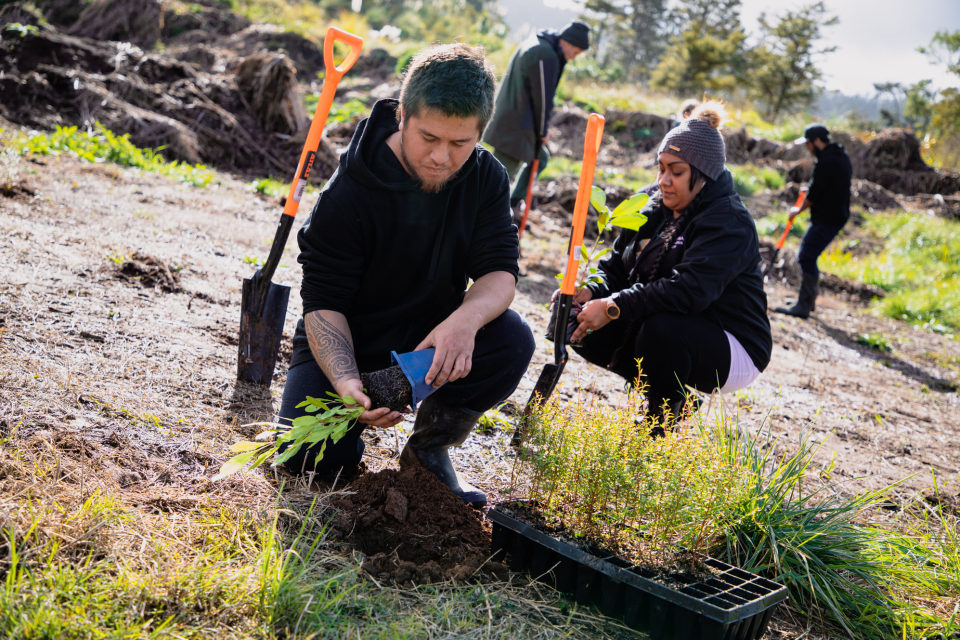
Much of this restoration project aligns with Te Toa Whenua – a Te Roroa iwi-initiated project. This kaupapa aims to enable Te Roroa descendants to practice kaitiakitanga over their land, restore biodiversity in the Waipoua River catchment and support sustainable land use for mana whenua.
Some of the mahi includes:
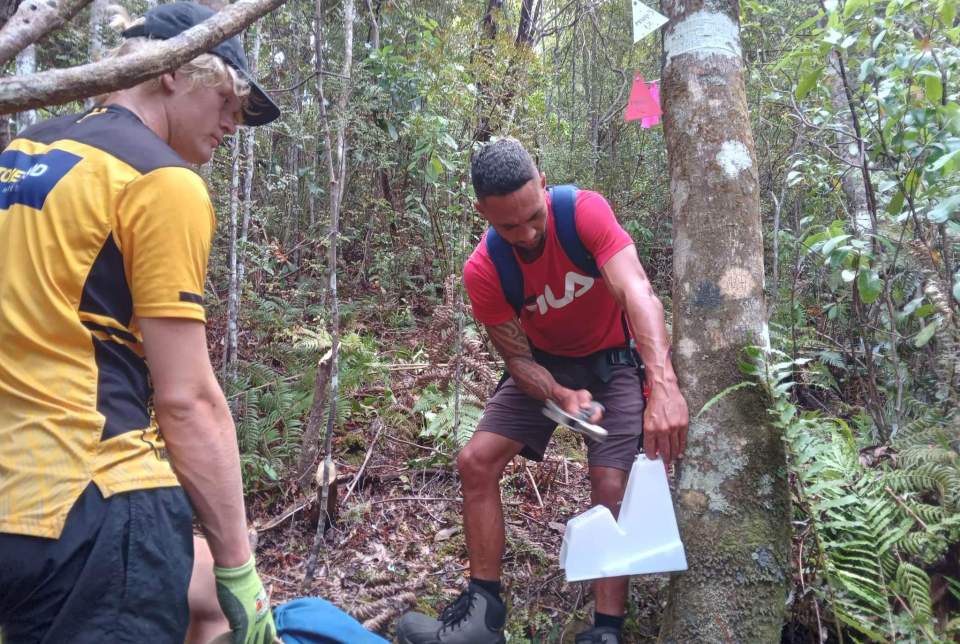
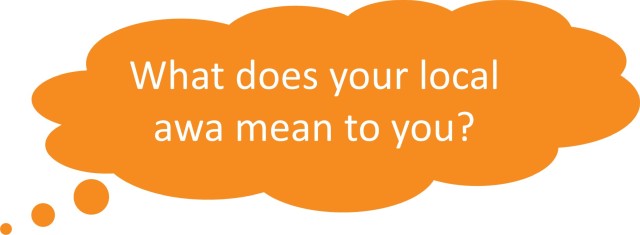
Try the Waipoua awa restoration quiz.